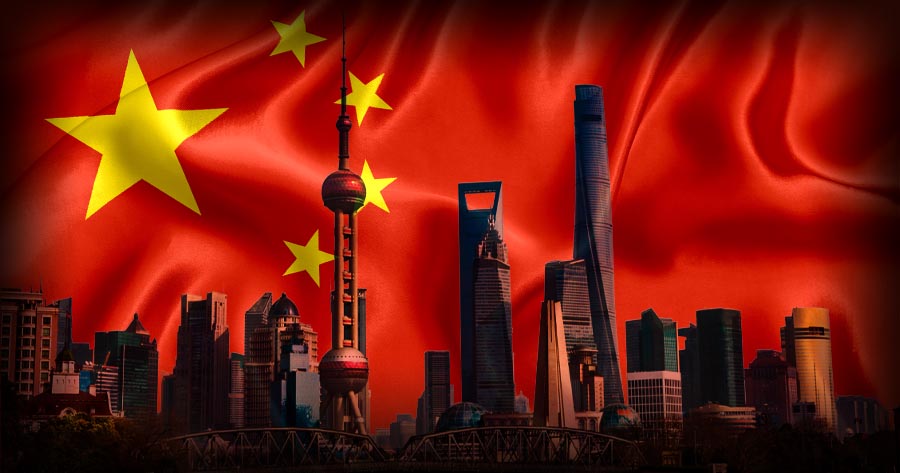In April, China experienced a more significant than expected decline in manufacturing activity, reaching a nearly two-year low and slipping into contraction due to the escalating trade tensions with the U.S.
The official purchasing managers’ index released by the National Bureau of Statistics (NBS) fell to 49.0, below the crucial 50-level mark that separates expansion from contraction for the first time since January.
This result diverged from analysts’ predictions polled by Reuters of a 49.8, indicating a notable slowdown following a surge in March where manufacturers rushed outbound shipments ahead of increased tariffs.
Similarly, the Caixin/S&P Global manufacturing PMI decreased to 50.4 in April from 51.2 in the previous month, showing a slight expansion, surpassing analyst forecasts of 49.8.
Regarding non-manufacturing activity, which includes services and construction, the statistics bureau’s PMI decreased marginally to 50.4 compared to 50.8 seen in March.
Meanwhile, despite limited progress in the trade talks between China and the U.S., there were reports of some tariff exemptions by Beijing on certain U.S. products, such as pharmaceuticals, aerospace equipment, semiconductors, and ethane imports.
However, Nomura estimated that approximately 2.2% of China’s GDP would face direct impacts from the 145% U.S. tariffs, with around 9 million jobs in China’s manufacturing sector directly vulnerable to the effects of Trump’s tariffs.





